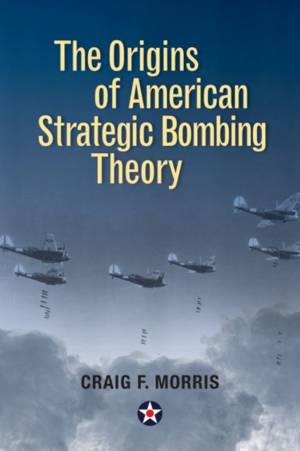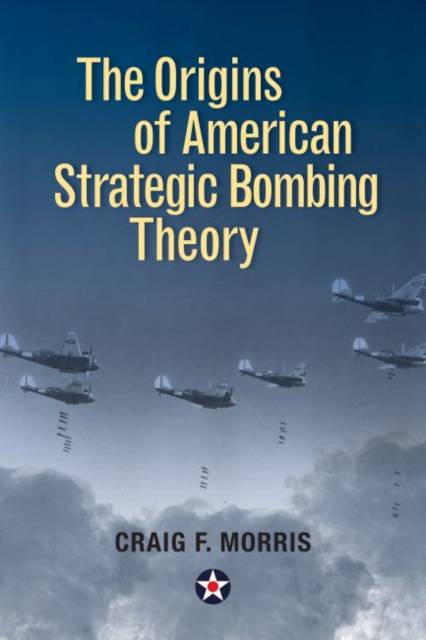
- Afhalen na 1 uur in een winkel met voorraad
- Gratis thuislevering in België vanaf € 30
- Ruim aanbod met 7 miljoen producten
- Afhalen na 1 uur in een winkel met voorraad
- Gratis thuislevering in België vanaf € 30
- Ruim aanbod met 7 miljoen producten
Zoeken
Omschrijving
Craig F. Morris explores the beginnings of American strategic bombing theory, why it changed over time, the factors that shaped that change, and how technology molded military doctrine. This much-needed book provides a full spectrum discussion of the American strategic bombing concept in a way that advances aviation history. In the minds of forward thinking aerial theorists the new technology of the airplane removed the limitations of geography, defenses, and operational reach that had restricted ground and naval forces since the dawn of human conflict. With aviation, a nation could avoid costly traditional military campaigns and attack the industrial heart of an enemy using long-range bombers. Yet, the acceptance of strategic bombing doctrine proved a hard-fought process. This is not the story of any one person or event; instead, it is a twisting tale of individual efforts, organizational infighting, political priorities, and technological integration. By tracing the complex interrelationships of these four causal factors, this book provides a greater understanding of the origins and rise to dominance of American strategic bombing theory.
Specificaties
Betrokkenen
- Auteur(s):
- Uitgeverij:
Inhoud
- Aantal bladzijden:
- 272
- Taal:
- Engels
- Reeks:
Eigenschappen
- Productcode (EAN):
- 9781682472521
- Verschijningsdatum:
- 15/10/2017
- Uitvoering:
- Hardcover
- Formaat:
- Genaaid
- Afmetingen:
- 163 mm x 234 mm
- Gewicht:
- 498 g

Alleen bij Standaard Boekhandel
+ 82 punten op je klantenkaart van Standaard Boekhandel
Beoordelingen
We publiceren alleen reviews die voldoen aan de voorwaarden voor reviews. Bekijk onze voorwaarden voor reviews.








